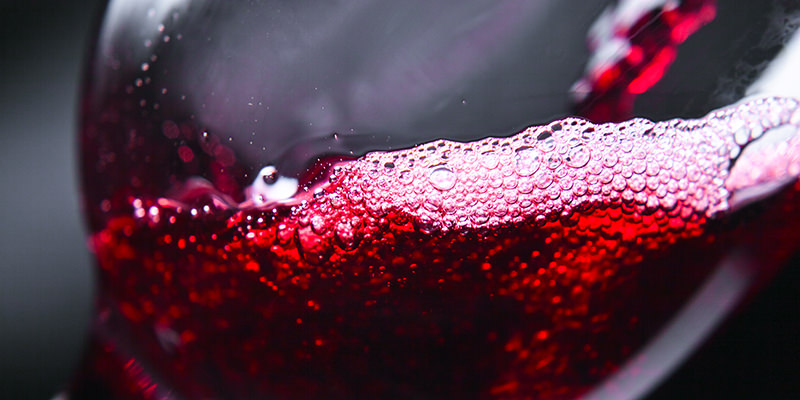Lambrusco is a wonderful drink. If you haven’t had it yet, go out and find some. Make sure it isn’t Riunite (though they do one hell of a commercial). A bottle in the mid-$20s range should do you just fine.
In fact, there are actually a few good sparkling red wines out there. The only red wine you don’t want to see bubbles in is your bottle of presumably totally still, delightfully CO2-free wine. When they are present, this is actually what’s known as a wine “flaw.” (Yes, memories of meetings with high school guidance counselors and disastrous talent shows are giving us flop sweat, too. Damn that word.)
What causes this subtle, not necessarily unpleasant, fizziness? It’s usually an accident of secondary fermentation in the bottle, the same phenomenon that Champagne producers count on — and carefully oversee—to get that delightful pop-and-froth we all love so much in our bubbly. On purpose or accidental, secondary fermentation just refers to a second round of fermentation, that awesome thing that happens when yeast feeds on sugar and metabolizes it into alcohol and carbon dioxide (those little bubbles that make seltzer more than water, yet so much less than soda). The wine may have been bottled too young, or with too much residual sugar, and some opportunistic yeast took advantage.
Technically speaking, a little bit of fizz in your red wine won’t hurt you. It’s not a noxious gas or evidence of some strange creature at the bottom of the bottle. It just shows that the fermentation part of the winemaking process didn’t fully stop when the winemaker thought it did. Enough active yeast made it into the bottle to feed on a bit of sugar and produce some fizz — and a bit more alcohol — for you (you’re welcome).
On the other hand, the sugar it feeds on did come from your bottle of wine, meaning that adorable little microorganism might have altered the flavor or balance of the wine overall. The change might be slight, but depending on how much you paid it might be enough to either ask for a new bottle —if you haven’t drunk much and your wine store owner is reasonable. If you’re at a restaurant, of course, you can easily just send the bottle back. And then high-five your dining partner, because you just correctly identified a wine flaw.

